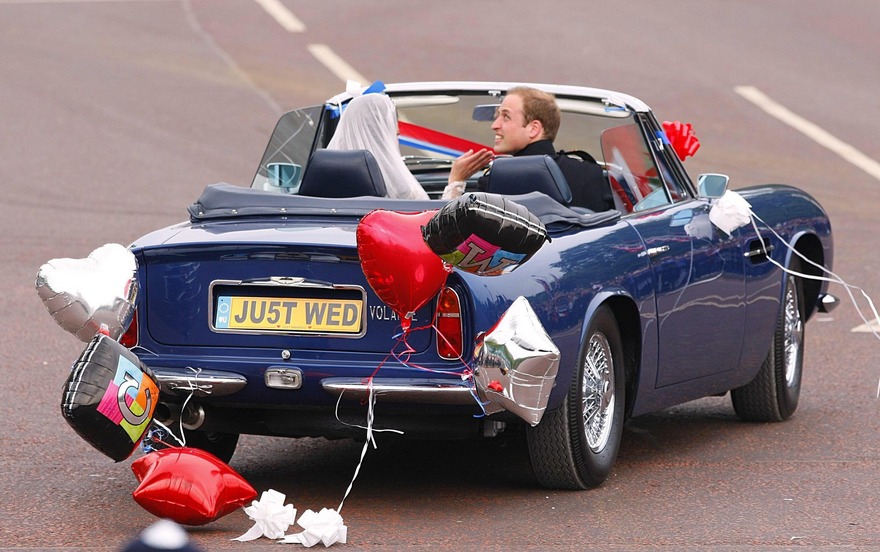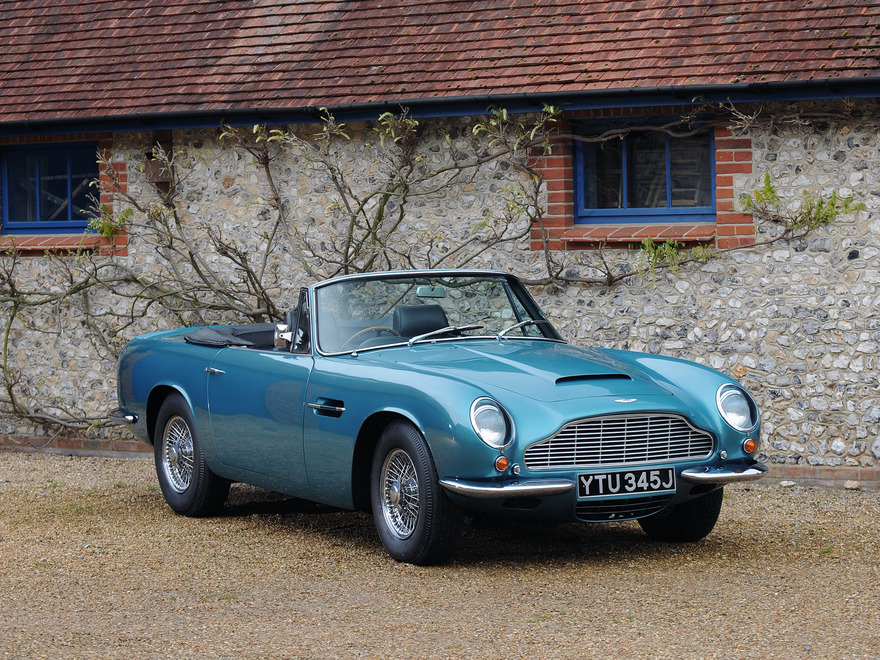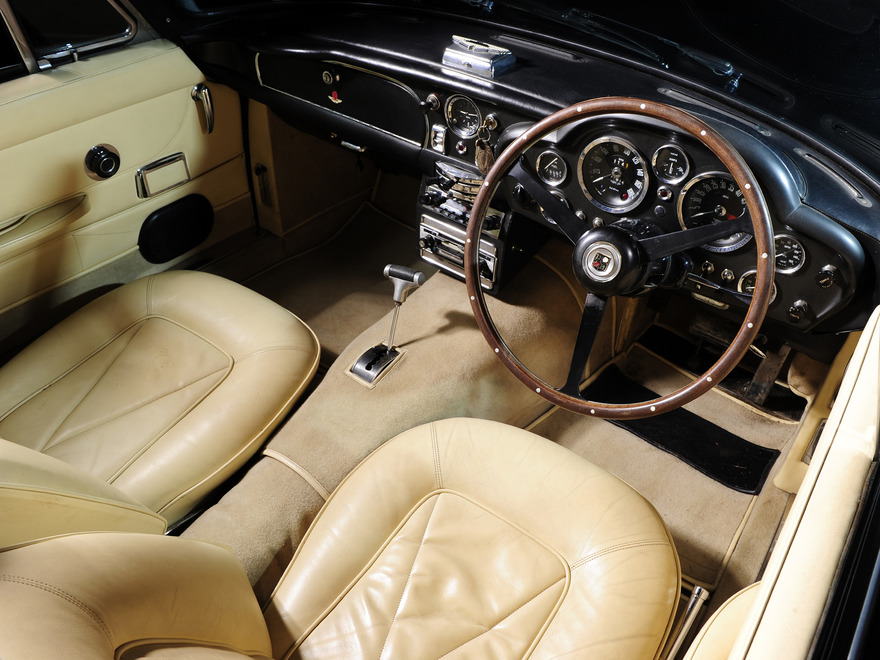Using wine as fuel — have you ever imagined whether it is possible? In the era of nanotechnology and bad ecological situation on our planet which is getting more complicated year after year, alternative fuels gain the attention not only of environmental groups but also of fuel producers, car engineers and the people in power.
Charles, Prince of Wales, made a gesture which combined the ambitions of supercar manufacturers, environmental care and scientific progress. In 2008 he demanded to readjust his entire vehicle fleet to using pollution-free fuel. Since that time all Jaguars, Audis and Land Rovers in his garage are powered by special biodiesel which is made from treated vegetable oils. However...
However, the most interesting fuel is bioethanol received from processed wine surplus. It powers the engine of the famous vintage convertible 1970 Aston Martin DB6 MarkII Volante.
Aston Martin DB6 MarkII Volante was given to Charles by his mother, the Queen of the United Kingdom, on his 21st birthday. The Prince used this car only in summertime and that is why its annual mileage was not that high: only about 300 miles a year or 482.8 kilometres if we convert this number into metric system. Small wear rate and, apparently, royal maintenance let the “elderly” convertible secure a page in world history in 2011 as a wedding car for Prince William and Kate Middleton — the newly married royal couple.
According to The Times newspaper, it was planned to use English wine for the production of pollution-free fuel. Moreover, the fuel for the monarch’s supercar is made out of surplus of wine produced at the private estate belonging to Prince Charles.
Sir Michael Peat, the Principal Private Secretary to Charles, outlined the position of the Prince of Wales: “This way Charles wants to make his own small contribution to environmental care.” Well, the Prince turned out to be very foresighted as using wine as fuel is a rather rational decision. Since the time the European Union has introduced tough wine production quotas, the only way to sell wine leftovers profitably is to convert them into fuel for cars.
Aston Martin DB6 is called “the climax of David Brown's expression of a gentleman's ultimate touring motor car” (editorial note: DB stand for the businessman’s initials), a person who bought Aston Martin company in 1946. Within a rather short period of time (1965 — 1970) all in all 1327 Aston Martin DB6 cars rolled off the production line.
DB6 used to be a very popular car in its time: not only Prince Charles but also such celebrities as Paul McCartney, Mick Jagger, Twiggy and Peter Sellers were the owners of these supercars.
So what did that DB6 look like? It was intended to replace DB5 model in the sports sector. The new car was presented in two body versions — сoupé and convertible. Cabrio received a symbolic name Volante (translated as “flying” from Italian). The latter was initially available with shortened chassis which was later increased up to the size of his “sibling’s” coupé version.
Apart from that, DB6 acquired a higher roof line (136 cm) and longer wheelbase (285.5 cm) which was 9.5 cm more than DB5. The overall length of the car reached 462 cm. It allowed having more space in the car’s interior for the passengers sitting in the back making it more comfortable for family rides.
DB6 Volante has a 6-cylinder 4-litre engine producing 286 hp (and in Vantage version it is all powered by three two-barrel Weber 45DCOE9 carburettors producing 325 hp). It lets DB6 reach 241 km/h top speed. Also this Aston Martin is able to perform acceleration up to 100 km/h within 6.1 seconds.
Apart from that, Volante is equipped with a standard (ZF) 5-speed manual transmission with limited-slip differential, and also it has independent front suspension and disk brakes on all 4 wheels.
The rear part of the car received an additional design element: it was fitted with a spoiler which improved high speed stability and also added some brutality to a formerly round and elegant exterior of the car.
Style and dynamics, lightness, external aggression, inner safety, comfort and elegancy — these are the features of the legendary Aston Martin DB6.
The last Volante model rolled off the production line in the end of 1970’s leaving the niche of convertibles empty for a long time. Such situation was caused by safety reasons (especially in the USA) after the riots against open-top cars. Luckily, all those alarms proved to be mostly groundless, although it took another 7 years for the next Aston Martin convertible — V8 Volante — to become available.
By the way, DB4, 5 and 6 top models are still in great demand and such cars are passed “from hand to hand” for the amounts starting at 500 000 British pounds. Aston Martin DB6 Volante is a very rare and utterly refined car.
Subtle English humour:
David Brown, the owner of Aston Martin company, who was visiting London on business in 1968, was addressed by his old friend, who asked Brown, if it were possible, to purchase a new DB6 at cost price for him. It was no wonder as the cars were sold slowly and with some difficulties at that time.
David Brown said he would be happy to help. And a few days later his friend received an invoice for £1000 more than it was declared in the car’s price list.












